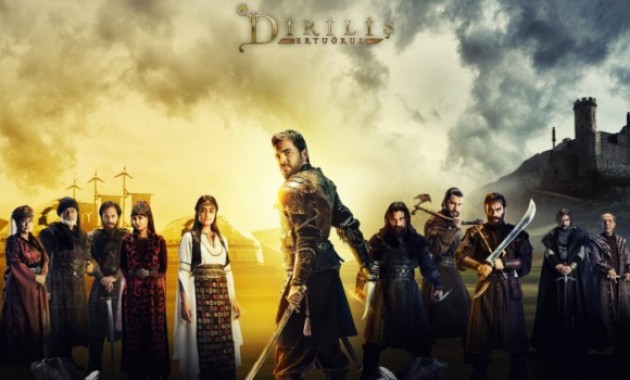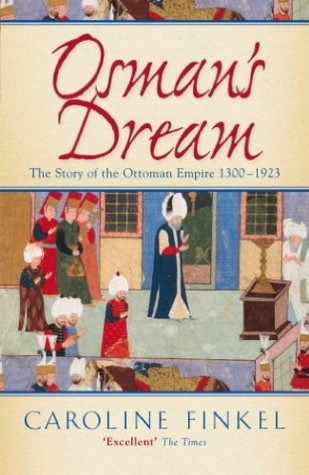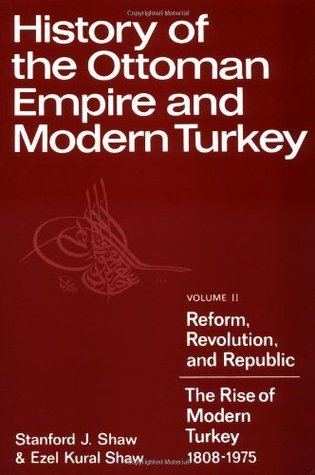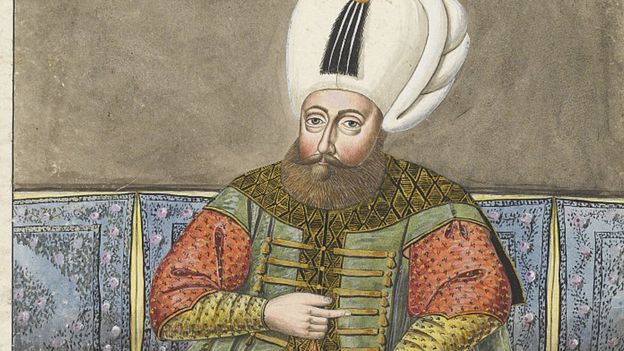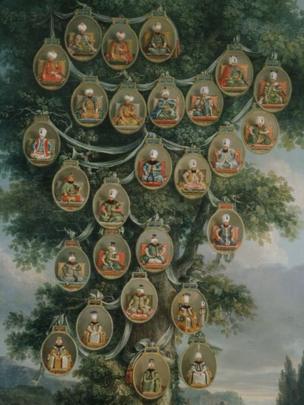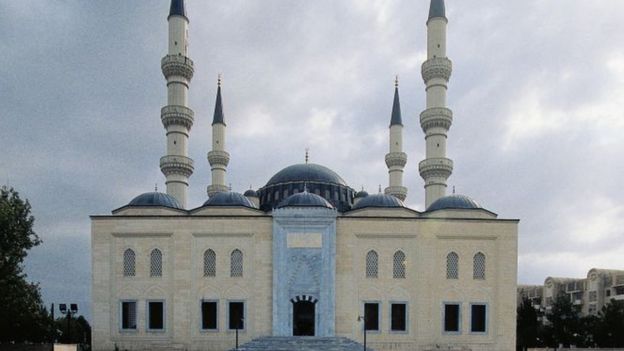A Turkish drama called Ertugrul Ghazi is being aired in Urdu on Pakistan Television. But before dubbing in Urdu, the drama is so popular in Pakistan that even Prime Minister Imran Khan is considered among its fans who have praised the ‘Islamic civilization’ shown in it.
According to Ottoman Narration, Ertugrul was the father of Osman I, the founder of the Ottoman Empire. In addition, there is a lack of factual information about them.
The beginnings of this family and empire, which ruled a large part of the world for centuries, are lost in the mists of history. In addition to the Ottoman Narrations, the history books mention two concrete signs of the period (a coin and an inscription by a historian of the Byzantine Empire) and a dream of Osman, which we will discuss later.
What is certain is that ‘Osman belonged to a nomadic tribe living in what is now Anatolia, Turkey. And his government was one of the dozens of smaller Anatolian governments with little to no power.
The question arises as to what ultimately Osman or his father did that only the dynasty of this family spread from the tribe to a small state and then from the formation of a large empire of Anatolia spread over three continents and then became a caliphate.
The Ottoman Empire was founded in the early 14th century and ended in the 20th century. Meanwhile, 37 sultans belonging to the same family sat on his throne.
According to one historian, it is no less than a miracle for a family to rule so long.
Historian Caroline Finkel writes in her book, Osman’s Dream: The Story of the Ottoman Empire: “Whatever the reasons for the Ottoman success, their The two-century-long war with its neighbors was fierce.

Ottoman Narration about Ertugrul
The historian Stanford J. Shaw, in his book The History of the “Ottoman Empire and Modern Turkey”, cites this Narration and writes that the beginning of the Ottoman Empire has always been an important question for students of history.
But due to the lack of resources of that period and the contradiction in the Narrations written in later periods, it is difficult to say with certainty.
He narrated the same famous Narration that the ancestor of the Ottomans was Salman Shah who was the chief of the Qai tribe and settled in an area of northern Iran at the end of the 12th century.
According to Ottoman Narration, Ertugrul was the father of Osman I, the founder of the Ottoman Empire.
According to Narration, in view of the Mongol invasions, like many other Turkish tribes, this tribe also moved to new territories to escape slavery and destruction, and according to Stanford J. Shaw, Salman Shah is believed to have drowned in the Euphrates River as he entered Syria. And then his two sons went back.
Ertugrul, on the other hand, continued his journey to the west and entered the territory of Anatolia, where the Seljuk rulers, in return for their help, gave him land in the western part of Anatolia.
According to this Narration in Stanford J. Shaw ‘s book, Ertugrul died in 1280 and the leadership of the tribe passed to his son Osman.
Finkel writes that according to Ottoman Narration, a tribal chief named Ertugrul came to northwestern Anatolia and settled in the area between the Seljuk and Byzantine empires, and according to this Narration, the Seljuk sultan gave Ertugrul some territory in Sogat. But what did Ertugrul have to do with ‘Osman?
Coin with unknown date
Finkel writes that the only coin found from the time of Osman, if genuine, proves that Ertugrul was certainly a historical figure. The coin reads “Issued from Osman son of Ertugrul”.
Finkel adds that Osman’s issuance of a coin in his own name proves that he was not only a tribal chief at the time, but that he had begun to consider himself an independent amir outside the shadow of the Seljuk Mongol Empire in Anatolia.
The first mention of the Ottomans in history. Finkel writes that the first mention of the Ottomans is around 1300 AD.
A Byzantine historian of the time wrote that in 1301 the Byzantine army was confronted by the army of a man named ‘Osman. This battle, known as the Battle of Baffios, was fought near Constantinople (Istanbul) and the Byzantine army was severely defeated.
But the Ottomans still had a long way to go to equate the Byzantine Empire. And when that happened, there were stories of a family suddenly emerging from obscurity and coming so far.
Historians say that the Ottomans were fortunate in the sense that their territory was close to Constantinople, which was sure to be a great reward if they ever succeeded.
Osman’s dream
Historian Leslie P. Paris, in his book The Imperial Harem: Women and Sovereignty in the Ottoman Empire, writes that according to the most widely heard Narration about the beginning of the Ottoman Empire, Osman had a dream after his initial success. Was
In this dream, he saw that the moon appeared from the chest of a dervishes Sheikh Adibali and entered his own chest. At the same time, a huge tree emerges from this belly, the shadow of which covers the whole world.
There are springs flowing under the branches of this tree from which people drink water and irrigate the fields. When Osman asked Sheikh Adibali for an interpretation, he said that God had chosen Osman and his descendants to rule the world.
And he said that the moon that came out of his chest and entered Osman’s chest is his daughter who became Osman’s wife after this dream.
Finkel writes that the early Ottoman sultans were more interested in proving their right to rule over others than in knowing the date of their beginning.
And to him, his kingdom began with a dream that Osman had seen while staying in the house of an elderly dervish.
She further writes that there is documentary evidence in favor of the story of this dream and that is that the documents of the lands of the early Ottoman Empire indicate that there was an elder named Adibali in the time of Osman and that There is also some evidence that his daughter was one of Osman’s two wives.
Ertugrul’s Anatolia
Ertugrul’s Anatolia was 13th century Anatolia.
Caroline Finkel writes that Anatolia has long been inhabited by people of many races and religions, including Jews, Armenians, Kurds, Greeks and Arabs.
To the west of the region was a much weaker Byzantine empire than in the past (which in good times extended from Anatolia to Syria) and to the east the Seljuks who called themselves Roman Seljuks.
The defeat at the hands of the Mongols in the middle of the 13th century weakened the Seljuks and they were forced to make sacrifices to the Mongols.
The authority of the two powerful governments of the past was equal to not being in this area of “uncertainty” between their borders.
But it was not just a hotbed of militants. In addition to the adventurers, there were people who had nowhere else to go.
Finkel takes a picture of the area of the Frontier, where the Ottoman Empire was founded and says that … The area is home to gypsies, semi-gypsies, looters, military campaign enthusiasts, slaves from different backgrounds, dervishes, monks and priests visiting scattered settlements, homeless peasants seeking refuge, townspeople, tranquility and Restless souls seeking holy places, Muslim teachers seeking patronage and merchants who were not afraid of dangers were left in the net.
Finkel writes that the highlight of this mismanaged area was the presence of Muslim dervishes. Like Christian monks, they traveled all the time or stayed among their followers and their lives became part of the Narration.
“The opening of the dervishes was a sign of the image of Islam in the region that was common with the Sunni Islam of the Seljuk Empire in Anatolia.”
Stanford J. Shaw writes in his book that ‘When the Turks (Gypsies) came to Anatolia, the Sufi elders also came with them, which the powerful Seljuk rulers did not object to because of their popularity among the Sufis. They were happy to leave the area.
“In the process, some Christians were killed and forced to flee their homes, but most remained in their place,” he added. Some even converted to Islam … Some Turkish Sufi sects also entered Christian places of worship where Christians and Muslims were seen worshiping in the same place.
Shrine of Ertugrul
In the area of Sogat (where Ertugrul is said to have met Seljuk Sultan) there is a small mosque named Ertugrul and a shrine which is said to have been built for him by Ertugrul’s son. And then in which Osman’s son Arhan added.
Caroline Finkel writes that this mosque and shrine have been worked on so many times that no trace of it has survived since its first construction, so it cannot be said with certainty that any building dates back to the Ottoman period.
Ertugrul Ghazi Mosque in Turkmenistan
He added that at the end of the 19th century, Sultan Abdul Hamid II used to improve the reputation of the weakening empire.
He tried to take advantage of the fame of his ancestors and rebuilt the mausoleum of Ertugrul in Sogat and built a graveyard of ‘Ottoman martyrs’.
Why a TV drama about Ertugrul’s life?
In an article published in the Middle Eastern Review, Josh Carney, an anthropologist at the American University of Beirut, asked, “Why did the Turkish government choose Ertugrul instead of so many famous characters?”
Josh Carney says that Sultan Solomon (1566-1520) and Abdul Hamid II (1909-1876) were more famous in the Ottoman Empire than Ertugrul.
But making a TV serial on Ertugrul is not without reason.
Turkish TV channel TRT’s world-famous series “Dirlis Ertugrul” is based on the progress of his Qai tribe fighting various enemies in Anatolia.
“As a result, very few people know about the historical character Ertugrul.” The role of TRT is popular in Turkey and abroad and people love it.
In an article written in 2018, Carney says that many aspects of the series were evident in the advertisements for the constitutional referendum in Turkey, which “left no doubt that history and popular culture have been combined for political gain.” ۔ ‘
Carney says that in making a TV serial about a character that people don’t know, the ease is that it can be presented in any color. (While) people are aware of the strengths and weaknesses of popular personalities.
Carney says that’s why the series about Sultan Suleiman had never been so successful before. “Creating a series about Ertugrul was like filling a blank slate with custom colors.”
